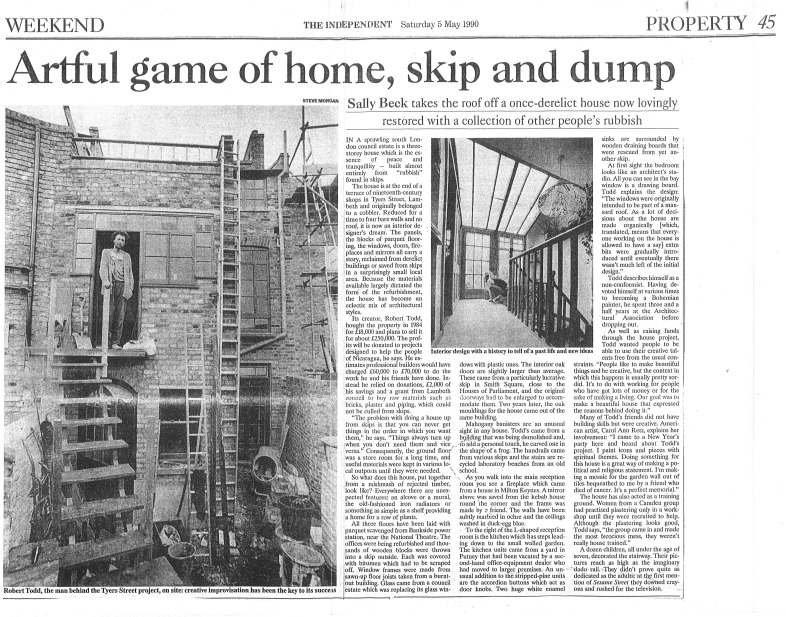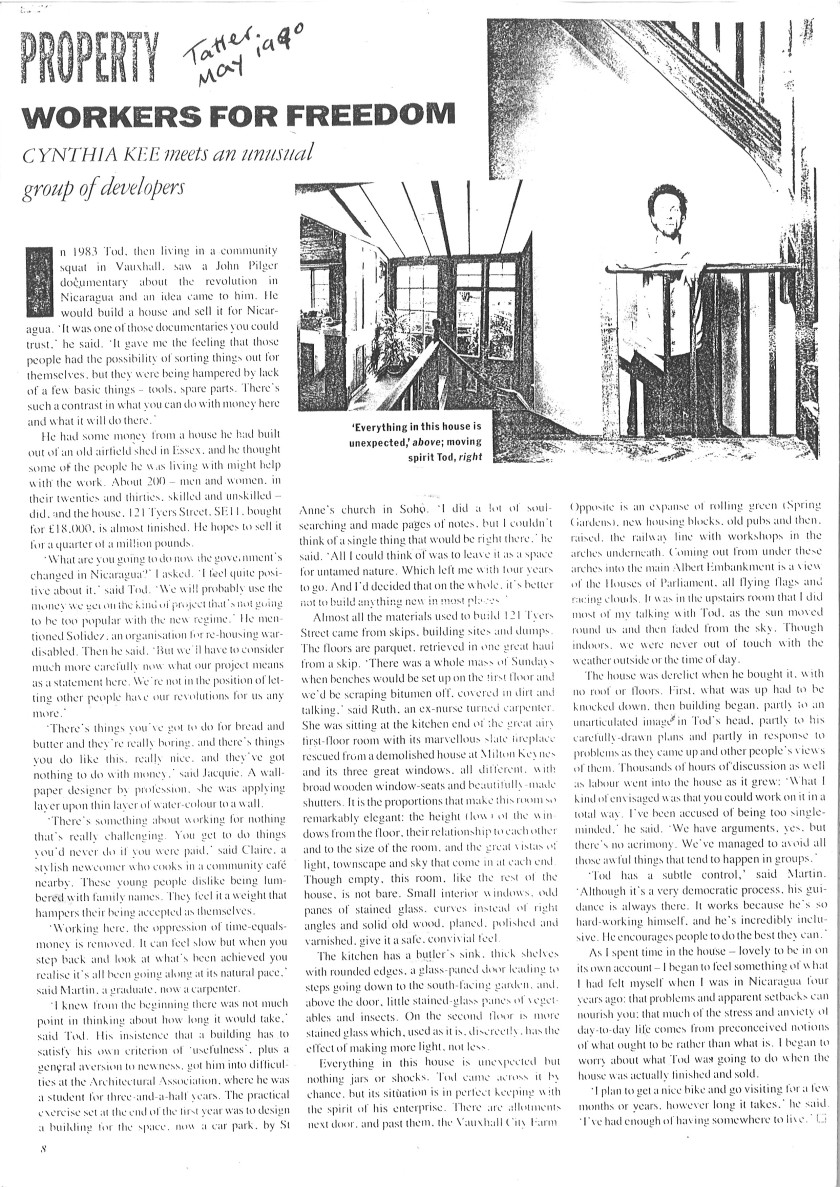Bulletins from Lambeth NALGO as the first battles over cuts are happening at the Council.
NALGO anti cuts bulletin 1 October 1980
NALGO anti cuts bulletin 5 November 1980
NALGO anti cuts bulletin 25 November 1980
NALGO anti cuts bulletin 2 December 1980
NALGO anti cuts bulletin 15 January 1981
NALGO anti cuts bulletin 22 January 1981
NALGO anti cuts bulletin 6 March 1981
NALGO anti cuts bulletin 16 March 1981
NALGO anti cuts bulletin 27 April 1981
NALGO anti cuts bulletin 8 June 1981











